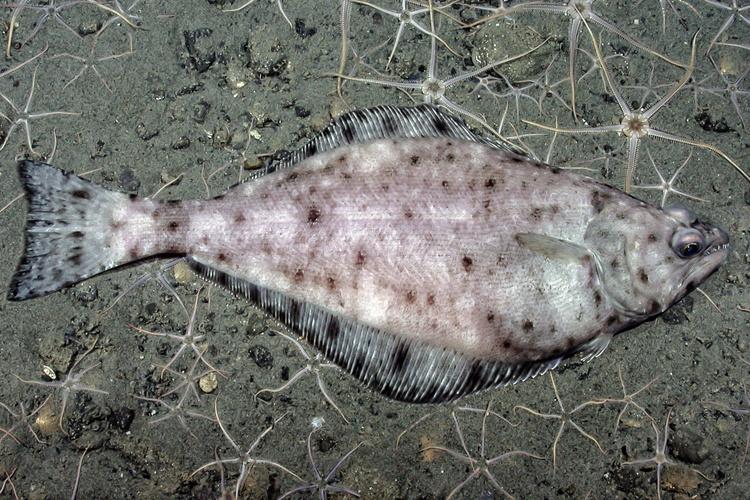During our research surveys, and with the help of trained observers on commercial fishing vessels, we systematically collect and analyze information on what Alaska groundfish eat, and the physical environment where their prey is found. Researchers and observers also collect data on the size-at-age of fish, or how big a fish is at a given age. All of these data are analyzed in the lab, and used to estimate food consumption rates by different fish populations. Because data have been collected over many years, we are able to assess the factors influencing individual species choice of prey, including interannual changes. Predation information is important to know when estimating fish population size.
Information on marine mammal and bird diets are also obtained from other Alaska Fisheries Science Center programs or from outside researchers. The goal is quantify food web linkages, which are essential, to help increase our understanding of how external forces such as fishing may cause unanticipated shifts in the ecosystem's composition. This research helps us understand, to a greater degree, the overall resource availability to both mammals and birds.
Contact
- Kerim Aydin, Resource Ecology and Ecosystem Modeling Program, Resource Ecology and Fisheries Management

